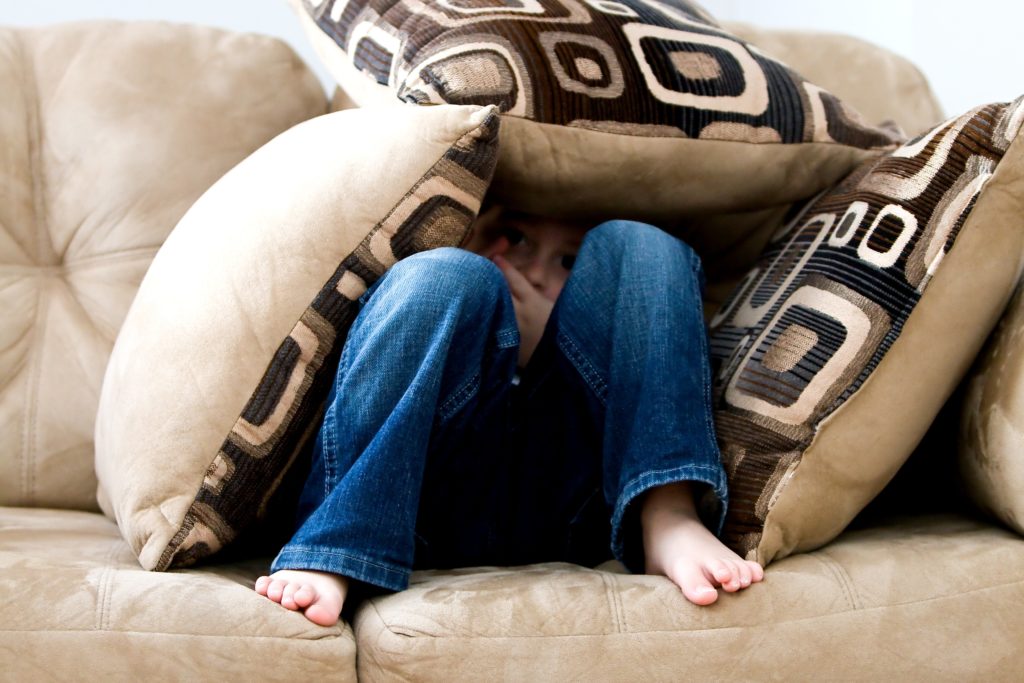Suicide is, without a doubt, one of the most confounding life traumas we can face. The majority of the time, a person’s suicide comes as a shocking surprise, and we’re left wondering what was going on in their lives that led them to that decision point. We also ask ourselves why we didn’t see the warning signs and how we might have helped intervene.
There’s a famous line from actor Robin Williams, who took his life in August of 2011, “Everyone you meet is fighting a battle you know nothing about. Be kind. Always.” Generally, none of us knew what internal “battle” Robin was struggling with. What was made public is that he was suffering from severe depression and Lewy body disease?
For most of us, we can’t figure out the “why” behind suicide. Of course, some suicides are considered understandable for reasons such as escape from painful medical circumstances or terminal illness, overwhelming abuse situations, unrelenting stress and anxiety, ongoing bullying, unbearable loneliness, ostracism by others, and unremitting racism and prejudice. An individual could also be suffering from debilitating low self-esteem and self-worth, trauma, depression, addictions, dementia, Alzheimer’s, or a mental disorder.
Other times it’s about avoiding jail time, an impending divorce, a relationship breakup, unrequited love, loss of job and/or career, bankruptcy, unresolvable gambling debts, or financial ruin. Or it could be that a person refuses to be captured by the police and they’ve bought into the old gangster pronouncement, “They won’t take me alive.”
The Centers for Disease Control (CDC) included in their 2020 report that for 1.2 million Americans, life has reached a point so untenable that no other options are left but a final one: to end one’s life.
· an estimated 12.2 million American adults seriously thought about suicide,
· 3.2 million planned a suicide attempts,
· suicide was among the top nine leading causes of death for people ages 10-64,
· suicide was the second leading cause of death for people ages 10-14 and 25-34, and that
· almost 46,000 people died by suicide in 2020.
What is truly heartbreaking is what is occurring with young people. According to the National Alliance on Mental Illness, “Nearly 20% of high school students report serious thoughts of suicide and 9% have made an attempt to take their lives.”

Researchers have also found that more teenagers and young adults die from suicide than from cancer, heart disease, AIDS, birth defects, stroke, pneumonia, influenza, and chronic lung disease — COMBINED. Every day, there are an average of over 3,703 attempts by young people grades 9-12.
Those are horrifying stats. Young people, who have so much to look forward to, are finding life so unbearable that they have determined that they can’t stay on this planet any longer. They feel utterly alone, adrift, disconnected, and isolated from the world. Family, friends, school, church, and health professionals don’t seem to offer the support and/or answers sought by a person contemplating suicide. And how many of us are equipped to come to the aid of a person contemplating suicide or who has survived a suicide attempt?
The journey toward suicide is a solitary, dark passage to a place where continuing one’s life is no longer worthwhile. The sanctity, spaciousness, and beauty of life no longer hold any meaning or value. All a person wants is to shut out life for good. Any sense of hope has completely disappeared down a rabbit hole of no return.
Granted, life is hard, challenging, disappointing, hurtful, unforgiving, and even cruel for many people. Not everyone has the fortitude to withstand this kind of constant onslaught. In today’s world, especially via social media, people can be shaming, ostracizing, vicious, hateful, and damning without a thought as to how the intended recipient will handle the vitriolic attack.
For many young people, social media is their preeminent means of communication, of being heard and seen — and
also how they’re perceived and judged by their peers. Bullying via social media has reached such an intense level that researchers and psychologists have included it as part of a new term: toxic socialization.
From middle school through college, young people are trying so hard to figure themselves out and how they fit in the world. If you’re being bullied and put down in this formative period, your self-esteem and sense of self-worth are going to be hit hard. For many kids in this situation, escape doesn’t seem possible.

And if you’re part of the LGBTQ community or non-white, the larger societal push to reduce your civil rights and even right to live weighs heavily on your ability to keep your head up, persevere, and thrive.
Movements, like the “It Gets Better” initiative are very helpful, and there are many support groups, both online and in-person, available to listen, share, give support, and offer additional resources to help anyone considering suicide. Very importantly, reaching out will help a person to know that they’re not alone, that others are dealing with similar circumstances, and that others truly care about each person’s welfare and wellbeing.
There is also the National Suicide Prevention Lifeline, a 24-hour, toll-free, confidential suicide prevention hotline available to anyone in suicidal crisis or emotional distress. (1-800-273- 8255) Most cities have agencies offering support from therapeutic to social welfare.
If you are considering suicide, reach out. Emotional duress is not something to be ashamed of. You’re human and your feelings matter. You have value to the most important person in your life: you! You are here for good reason. Don’t let the world around you tell you differently. Ask for help. You’re worth it! ●


